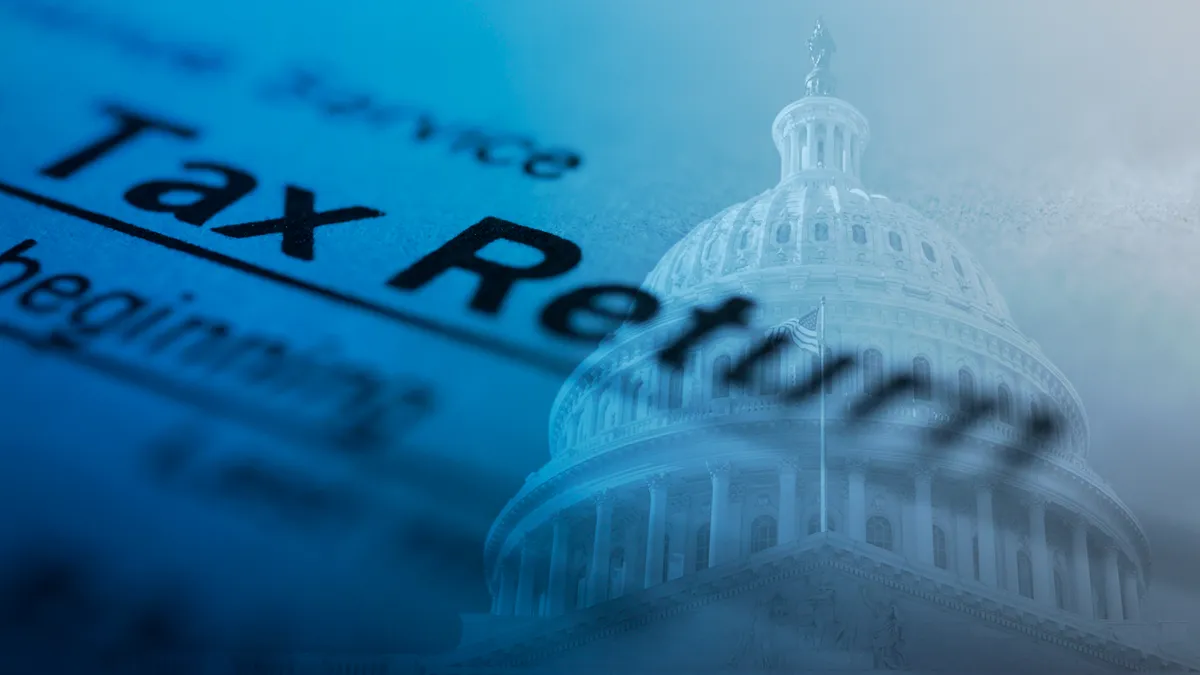CFOs who find ways to maximize net operating losses can get bigger refunds under tax law changes to help them get through the economic slowdown, tax expert Randy Schwartzman told CFO Dive yesterday.
The stimulus law enacted last month removes limits on the use of carryovers from years prior to 2018 and allows for carrying some recent losses back five years. It also favorably changes how deductions work with the use of some losses.
Bottom line: These changes give CFOs a powerful incentive to maximize their net operating losses (NOLs) because of the tax refunds they can generate.
"The strategy is, how do I maximize my net operating loss that I can carry back, because the more loss you can carry, in 2018, 2019, and 2020, the greater your cash refund," Randy Schwartzman, a tax partner with BDO USA, said. "Look at your balance sheet. See if there’s anything you can write off, [like] software development cost, or prepaid expenses."
He also recommends changing your method of capitalization for inventory. "You take inventory from cost to load to cost to market, because for a lot of them, values went down," he said.
"Look at every asset on that balance sheet," he said. "Can I write it off or can I change my method to get a quicker write-off for tax purposes?"
Schwartzman encourages examining liabilities too. "Is there any liability there because I received cash in advance I paid tax on?" he asked. "If so, is there a way I can change my method of accounting to not pay tax on the cash I received? And those will create immediate tax deductions that increase NOL."
Applying for loan funds
CFOs could also consider applying for forgivable loan funds once the federal government's Paycheck Protection Program makes more money available. The initial $350 billion authorized for the program is gone, but Congress has passed an additional $310 billion. The president is expected to sign it.
If you get approved for funds under that program, you won't be able to take advantage of one of the other tax benefits in the stimulus law, but whether that’s a deal-breaker for you depends on your company’s financial situation.
Under the loan program, if you use 75% of the loan proceeds to keep on the payroll people you would otherwise have to lay off, the loan is forgiven. If you don't meet employee-retention criteria, you must pay the loan back.
If you don't get the loan, or if you get it but end up paying it back, you can still get tax help under the stimulus.
"If you don’t qualify for [the loan] and didn't take it, there's an employer tax credit," he said. "It’s equal to 50% of wages for every employee up to $100,000 in base compensation, so the most you can get is $10,000 per employee. If you have 100+ employees, you can only get the credit for those not working, but if you have 100 or fewer, all the wages count. That’s cash from the government to you."
There's also a payroll tax deferral component. The payroll tax deferral amounts to an interest-free loan; you don't have to pay the employer portion of your employees' 2020 social security tax for up to two years. You pay half the taxes at the end of 2021 and the remaining half at the end of 2022.
Schwartzman said both the loan program and the tax credit will help your company during the downturn, but you can only take one.
"Strategically, you have to run the numbers," he said. "Because it depends on the payroll base. A higher payroll might count for the forgivable loan. They did it in a way to make it work out either way – whichever you choose you'll at least get a benefit."
Disclaimer: BDO US has performed tax advisory services for Industry Dive, publisher of CFO Dive. BDO has no influence over CFO Dive's coverage.












